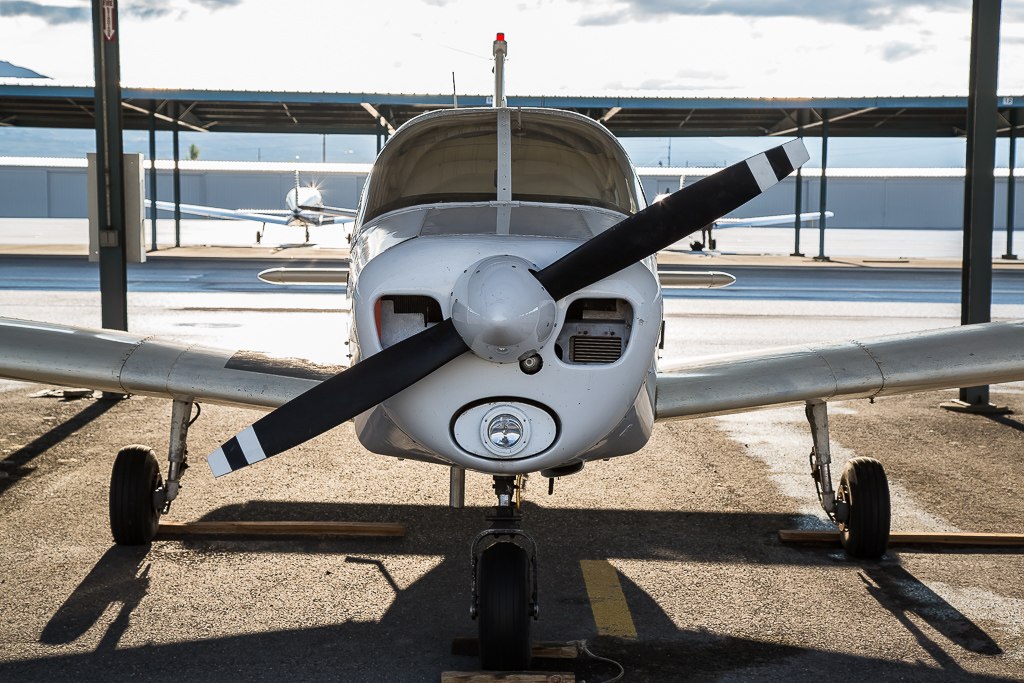The main structural element of an aircraft, the fuselage, serves as a hub for connecting all other essential aircraft parts. It includes the wings, landing gear, and tail. It also houses the cockpit, passengers, and luggage along with preserving the overall structural integrity of the aircraft. The robust construction of this essential component of the aircraft endures a wide range of in-flight strains. However, the aerodynamic shape of the aircraft guarantees a smooth flight experience.
Here are five ways the fuselage is the major structure of an aircraft.
Houses passengers and cargo
It is the primary structure of the airplane. It is used for transporting people and goods. It is necessary for the airplane’s functionality and operation. It offers room for the cockpit, storage, and seats.
Connects other aircraft parts
Fuselage also joins the major parts including the wings, tail, and landing gear. It serves as the skeleton of the aircraft. It makes sure that every other component is in place and able to work together as a unit when in flight.
Ensures aerodynamic efficiency
The fuselage’s aerodynamic shape reduces drag and improves fuel efficiency. Its streamlined design helps the aircraft fly more efficiently and improves performance all around.
Provides structural strength
The fuselage’s design is put under significant stress during takeoff, flying, and landing. It offers the structural strength required to withstand environmental influences from the outside as well as internal pressure. The structural strength ensures passenger safety.
Supports the cockpit and controls
The fuselage entails the cockpit located in the front part of the plane. The pilot operates the aircraft from the cockpit. It is a crucial component determining the functionality and safety of the aircraft. It entails vital navigational and instrument systems.
Final thoughts
The fuselage is an aircraft’s main structural component that offers strength, space, and connectivity to enable effective and secure flight operations.




